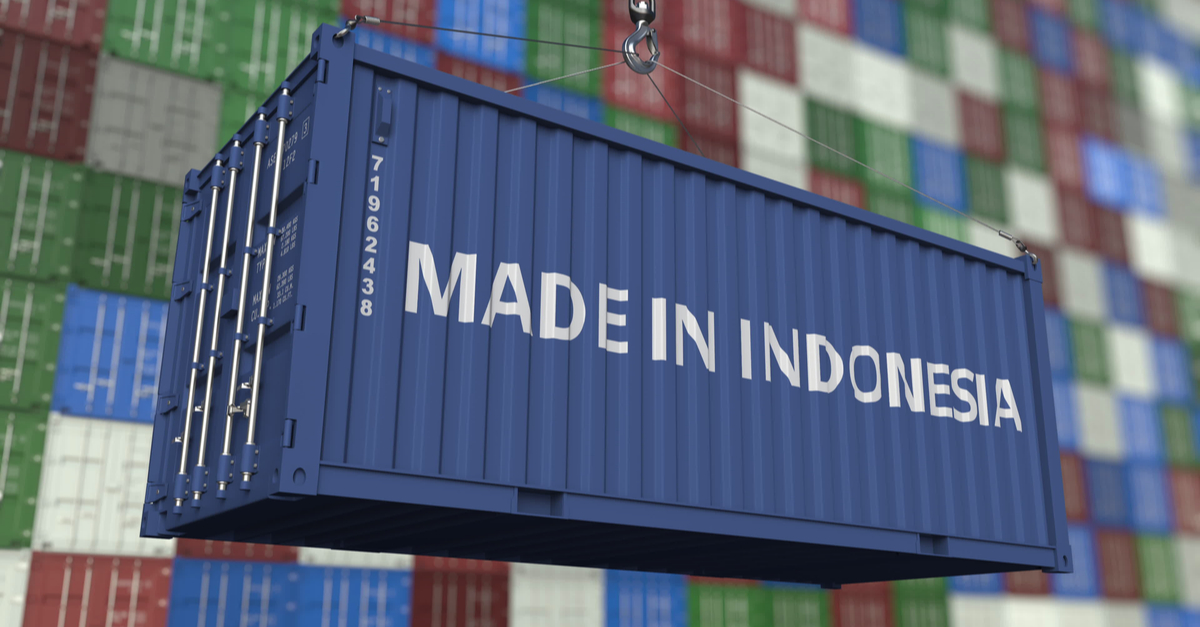Indonesia’s agricultural sector shows promising signs of rebound. The most recent data reveals that agricultural exports surged to a remarkable Rp 552.4 trillion in 2025, up from the previous year, led by dramatic increases in palm oil and coffee shipments. This Indonesian agricultural exports recovery signal is a welcome boost, providing not only economic relief but also a strategic turning point for rural development and global competitiveness. In the following sections, we will explore the key drivers behind the recovery, its broader economic and social implications, and the challenges and opportunities that lie ahead.
Palm Oil and Coffee Drive Export Growth
The Indonesian agricultural exports recovery signal is anchored by standout performances from palm oil and coffee. Crude palm oil exports and derivatives soared by nearly 33%, signaling that Indonesia is effectively leveraging its position as the world’s top palm oil producer. Meanwhile, coffee exports saw an extraordinary 76% increase, underscoring growing global demand for Indonesian coffee varieties. These export surges reflect successful alignment in production, pricing, and market access strategies. Indonesia’s ability to deliver high-volume shipments amid logistical constraints speaks to industry resilience and improved coordination between farmers, cooperatives, and export agencies.
Horticulture and Broader Product Diversification
Beyond palm oil and coffee, the horticulture sector has contributed significantly to export momentum. Exports in this category surged around 49% in the first half of 2025 compared to the same period in 2024. This growth signals expanding global competitiveness across a wider range of agricultural products, fruits, vegetables, spices, and floriculture. Diversifying export categories helps stabilize revenue streams and marks progress toward the broader Indonesian agricultural exports recovery signal, showcasing that recovery is not reliant on a few commodities but is becoming broadly inclusive across the agricultural spectrum.
What This Means for Rural Economies and Supply Chains
The Indonesian agricultural exports recovery signal carries deep implications for rural livelihoods. As demand grows, production areas and smallholder farmers benefit directly through higher income opportunities, improved market access, and incentives to adopt productivity-enhancing practices. Export-driven recovery also encourages development of local infrastructure, cold chains, processing facilities, logistics networks—which then support both domestic and export agriculture. A healthy export sector thus becomes a catalyst for structural improvements that benefit the wider agricultural ecosystem.
Trade Balance, Rupiah Stability, and Economic Resilience
This recovery is more than a sectoral story. Stronger agricultural exports help improve the trade balance by boosting foreign exchange earnings. In turn, this may support the rupiah and reduce external pressures, especially during economic turbulence. The Indonesian agricultural exports recovery signal points to strategic economic resilience. When exports rise, they contribute to macroeconomic stability and provide buffer against global volatility. Agriculture, often seen as a traditional sector, is proving itself to be a key contributor to overall economic health and stability.
Challenges Ahead and Strategic Priorities
Despite the positive indicators, challenges remain on the road to sustained recovery:
- Infrastructure gaps: Many production centers lack modern logistics, storage, and quality processing facilities.
- Market access and compliance: New export markets demand certifications related to sustainability, food safety, and traceability, not all firms are ready.
- Price volatility: Commodities remain vulnerable to global price swings and trade policy shifts.
- Smallholder inclusion: Ensuring that benefits flow beyond large producers to smallholder farmers is essential.
Addressing these issues will be key to consolidating the Indonesian agricultural exports recovery signal into long-term growth patterns.
Read More






 Tuesday, 28-10-25
Tuesday, 28-10-25







